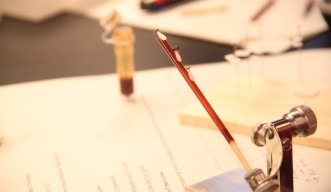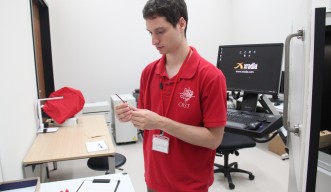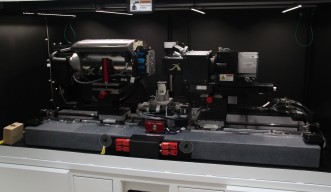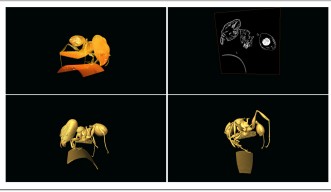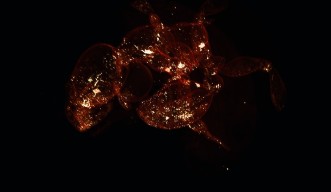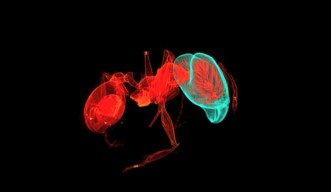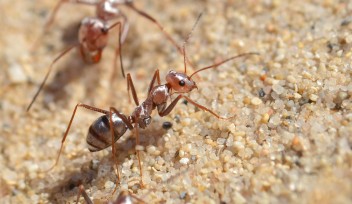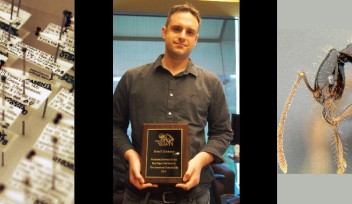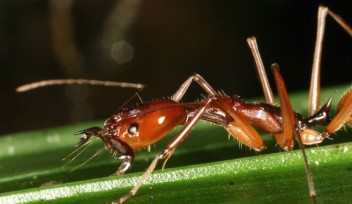Unveiling a Tiny World with Micro-CT
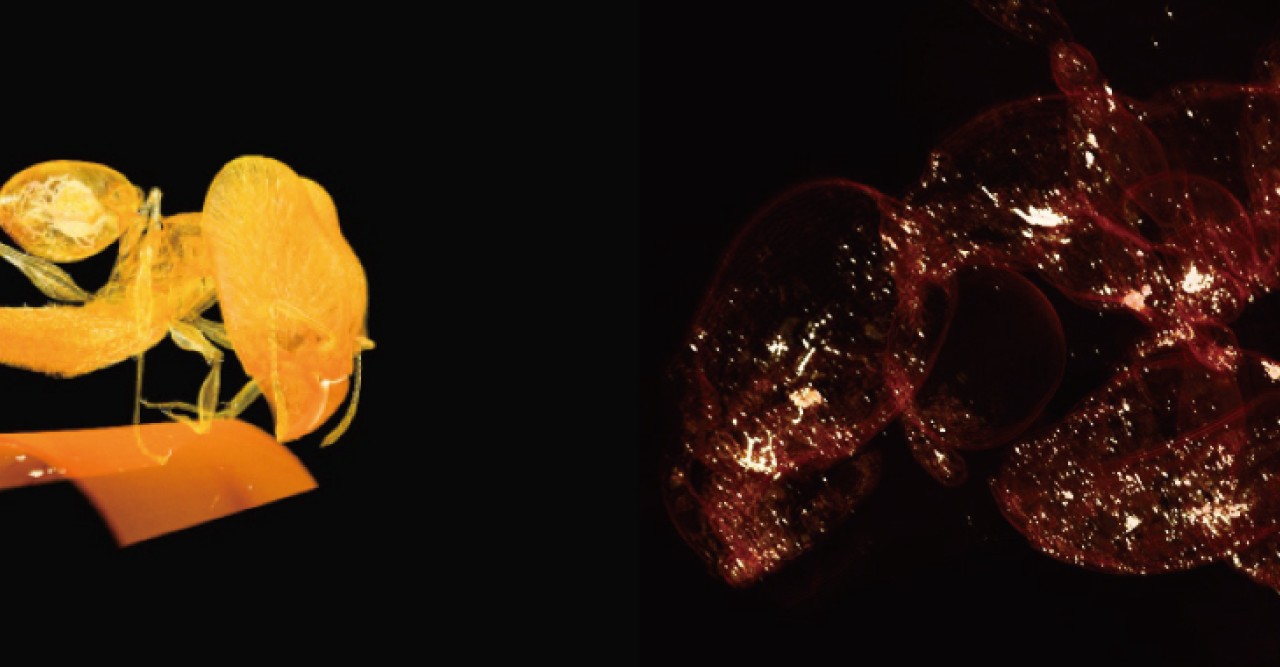
What do zombies and ancient ants have in common? They are both subjects of study at OIST. Evan Economo’s Biodiversity and Biocomplexity Unit, in collaboration with the Ecology and Evolution Unit, has been using an X-ray micro-CT scanner to study parasites in ant brains that turn them into ‘zombies’ by controlling their behavior. Researchers in his unit are also able to examine ants that have been preserved in amber for millions of years. The X-ray micro-CT technology allows the researchers to create highly detailed 3 dimensional images of the ants, giving them a very powerful tool to study the evolution of the shape and structure of an organism, as well as topics such as parasite-host interactions.
X-ray CT is X-ray computed tomography. This technology is most commonly used in medical applications to make a series of X-ray slices through an area of the body to provide a detailed view of the internal environment for diagnostic purposes. An X-ray micro-CT performs the same function, but with a much greater resolution, meaning it can be used to visualize tiny objects, such as ants or the parasites that live in them. The micro-CT available as a common resource at OIST has a resolution under one micron, or 1/1,000 of a millimeter.
Currently, the X-ray micro-CT is being used by members of the Biodiversity and Biocomplexity Unit to take detailed pictures of ants. John Deyrup, resident micro-CT expert and main researcher on the current project to scan hundreds of ants, demonstrated how the ants are mounted on a low-density plastic tube and inserted into the scanner. After setting the parameters, the machine does the hard work over several hours to produce approximately 1,000 images, or slices, through the ant. These images are then stacked together to provide a 3D view of the ant. Deyrup says, “it allows you to see the internal structures without destroying the specimen or disrupting the tissues as dissection would do. This is important because sometimes we only have a single sample from a species to analyze.”
OIST graduate student Sandrine Burriel-Ha also works with the micro-CT. She has been developing methods to analyze the immense amount of data generated to describe and classify new species of ants. She has also developed a technique to use the images to create a 3D model of the ants using OIST’s 3D printer. Additionally, she is working out how to use the data to study the morphometrics, or how to quantitate the body of the ants and their various structures, for purposes of comparing different families and species. She says the data “can also provide the volume of various internal structures, like brain volume, which is potentially very interesting information when comparing different ants.”
Ultimately, having this tool available for OIST researchers can help them visualize animals or internal structures that were previously difficult to see. “X-ray micro-CTs are normally found in very large institutions and are shared among many groups,” says Evan Economo. “Having the resource in a smaller institution like OIST is great.” It will be exciting to see what new discoveries come from all the units at OIST using this great shared resource, including answers to some important questions about zombies.
By: Kathleen Estes
Research Unit
For press enquiries:
Press Inquiry Form










